Nasturtium is a low maintenance plant with many benefits to the garden. But can you eat it? And if so, what can you make with it? This article explores the edible benefits of nasturtium and ways you can make use of this versatile plant in your kitchen at home.
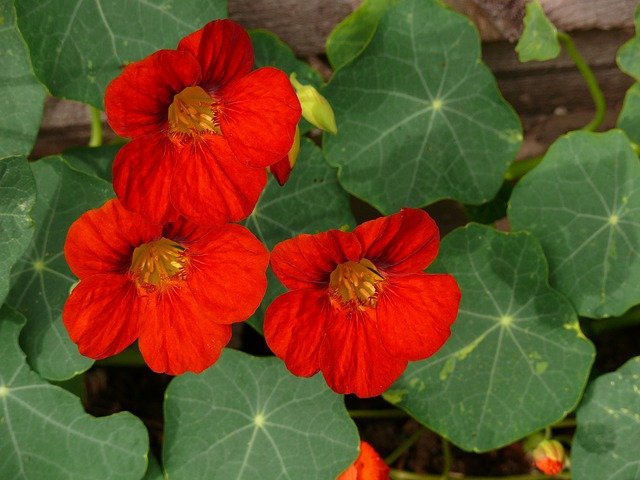
Firstly, yes, you can eat nasturtium. Nasturtium plants not only put on a pretty display of flowers, thereby making your garden more beautiful, you can also harvest the flowers, leaves, stems and seeds for eating. Nasturtium is usually eaten raw, though it is just as delicious cooked.
Related: What Are Rose Hips And How To Eat Them
Table of Contents
- What Does Nasturtium Taste Like?
- Is There Any Nutritional Benefit To Eating Nasturtium?
- When To Harvest Nasturtium
- How To Prepare
- Ideas For Eating Nasturtium
- Nasturtium Seed Capers: Poor Man’s Capers
- Nasturtium Seed Capers Recipe: Poor Man’s Capers
- Nasturtium Pesto
- Nasturtium Pesto
- Decorate A Cake
- Top Your Sandwich With Nasturtium Garnish
- Conclusion
- Recommended Products
What Does Nasturtium Taste Like?
Flowers and leaves have a mild peppery taste. They are also described as tasting mildly spicy. They have been likened to the peppery taste of radish and watercress.
If the flowers are too strong for your liking, you can remove the middle of the flower and use the petals only for a milder flavour. If leaves are too strong, shred them to sprinkle on your dish instead of using whole leaves to help dilute the flavour.
The flower of nasturtium is milder than the leaves.
A note on flavor: While many articles, books and blogs on the internet use the term ‘mild’ to describe the peppery spicy flavor of nasturtium, there are people who find that the taste nearly knocks them over. So consider a taste test from a neighbors garden before beginning your own culinary journey with nasturtium.
And when you are ready to grow them yourself, you might like to read our article How to Grow Nasturtium in the Vegetable Garden.
Is There Any Nutritional Benefit To Eating Nasturtium?
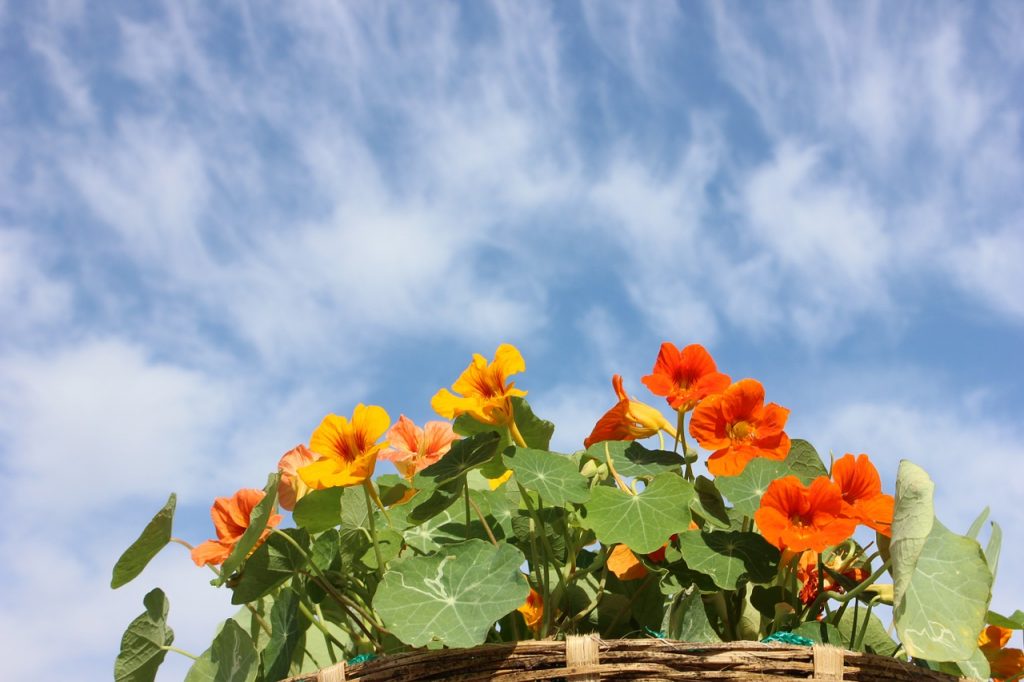
Nasturtium flowers and leaves are very nutritious. They contain high levels of vitamin A, C and D. This makes them a great addition to your meals.
When To Harvest Nasturtium
Harvest flowers and leaves in the morning after the morning dew has dried but before the strong heat of the day. Earlier in the morning, they will still be plump with water with a milder flavour. As the day progresses, the plant can become affected by heat and produce a stronger flavour.
How To Prepare
Gently wash the leaves and flowers clean with cool water and leave them to dry naturally or pat dry with a paper towel. Use them within 24 hours or keep them in the fridge for up to three days if they are to be cooked.
Ideas For Eating Nasturtium
- Add leaves and flowers to a green salad. Use salad dressing sparingly on the flowers as they will wilt quickly. Or instead, consider dressing the salad without the flower blossoms and then place them on top of the dressed salad.
- Stir-fry the leaves – Add them as you would any soft leafy green vegetable.
- Saute the leaves – Gently cook diced onion and garlic in a pan with olive oil. When the onion is almost translucent, finish by adding washed nasturtium leaves to gently wilt and cook.
- Add leaves to a green smoothie.
- Chop leaves into a potato salad and/or add Nasturtium Capers (see recipe below).
- Top pizza with nasturtium leaves in place of rocket. The similar spicy flavor makes a wonderful alternative.
- Add the leaves to a pasta dish in place or in addition to baby spinach. You can blanch the leaves in boiling water before stirring through cooked pasta or simply add them raw and allow them to wilt from the hot pasta.
- Use the leaves in place of grapevine leaves where they would be stuffed.
- Stuff the flowers.
- Decorate a drink, soup or dinner plate with nasturtium flowers. They make an impressive garnish.
- Use flower blossoms and leaves in an omelet.
Nasturtium Seed Capers: Poor Man’s Capers
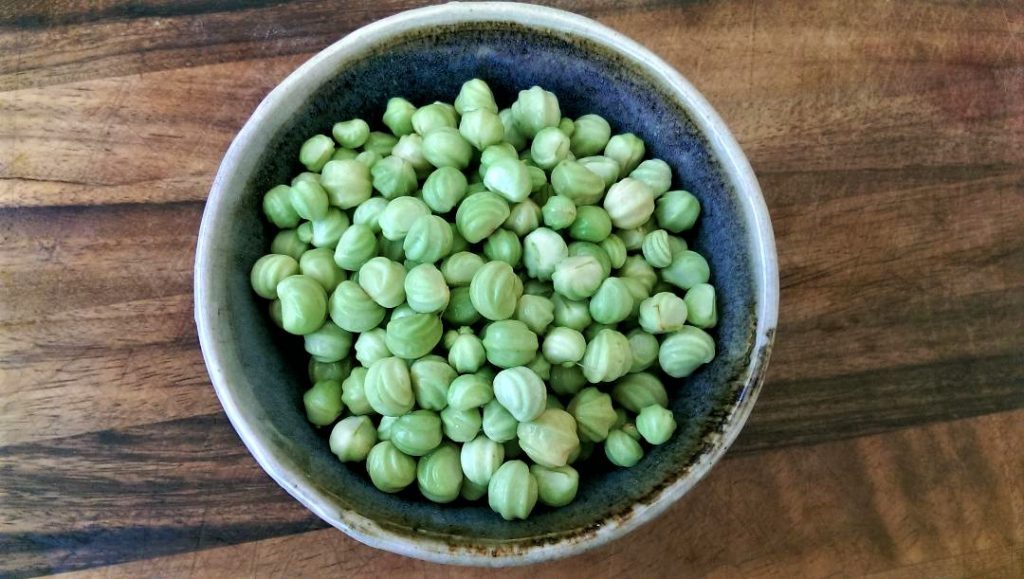
Nasturtium seeds are edible. The seeds form after the flower has finished, so you may have to decide if you want to eat the flower or wait for the seed. If you grow enough, you can do both. Make use of young seeds by pickling them in a brine. The end result is known as a poor man’s capers. Use only the firm young green nasturtium seeds for this recipe. It takes a good amount of nasturtium flowers to form enough seed to gather a cup of seeds.
Nasturtium Seed Capers Recipe: Poor Man’s Capers
Ingredients
- 1 Cup Young green nasturtium seeds
- 1 Teaspoon Salt
- 1 Cup White wine vinegar
- 1 Teaspoon White Sugar
- 1 Bayleaf
- Optional: you can adjust this recipe with your own flavor combinations to include a few sprigs of thyme, slightly crushed peppercorns and/or garlic
Instructions
- Wash the nasturtium seeds.
- Place the seeds in a clean bowl and cover them with water and the salt. Leave them on the kitchen bench for 2 days. This step helps to mellow the strong flavor.
- Drain and rinse the seeds and pack them into a sterilized glass jar.
- In a saucepan, bring the vinegar and sugar to a gentle simmer to dissolve the sugar.
- Pour the liquid into the jar of nasturtium seed, ensuring all seeds are submerged under the liquid. Add the bay leaf and any other optional flavor enhances (mentioned above).
- After the liquid has cooled, secure the lid on the jar and keep it in the fridge for up to six months.
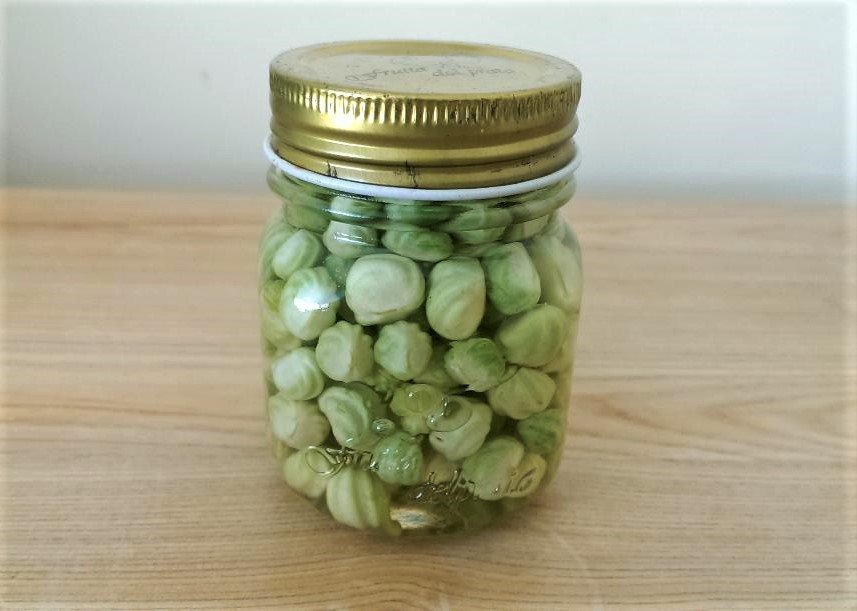
Related: read more on how to grow your own herbs including thyme in our article Drought Hardy Herbs To Plant At Home.
Nasturtium Pesto
Make pesto with the leaves of nasturtium. I was inspired by a Matt Preston recipe for this pesto which is amazing in pasta, topping pizza or as a dip.
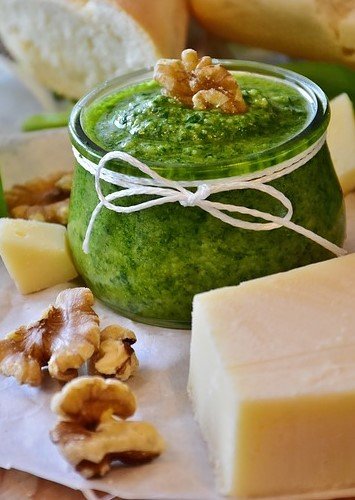
Nasturtium Pesto
Ingredients
- 3 Cups Nasturtium leaves (25g)
- 2 Garlic cloves
- 1/3 Cup Walnuts, roasted (50g). You can substitute for almonds, macadamias or pine nuts.
- 2/3 Cup Parmesan cheese (50g)
- 1/3 Cup Extra virgin olive oil (80ml)
- 1/2 Lemon, jucied
- Salt and pepper to taste
Instructions
- Wash the nasturtium leaves and drain off the excess water.
- In a small pan, toast the walnuts.
- In a food processor, blend the hot walnuts.
- Add the garlic to the hot walnuts which will help to cook the garlic slightly.
- Add the remaining ingredients and blend to preferred consistency; nasturtium leaves, parmesan, extra virgin olive oil, lemon juice and salt and pepper to taste. As the leaves are already peppery, taste test before adding pepper.
- Spoon pesto into a clean jar and store in the fridge for up to 10 days. You can also freeze the leftovers.
Related reading: How To Grow A Lemon Tree With Prolific Fruit At Home
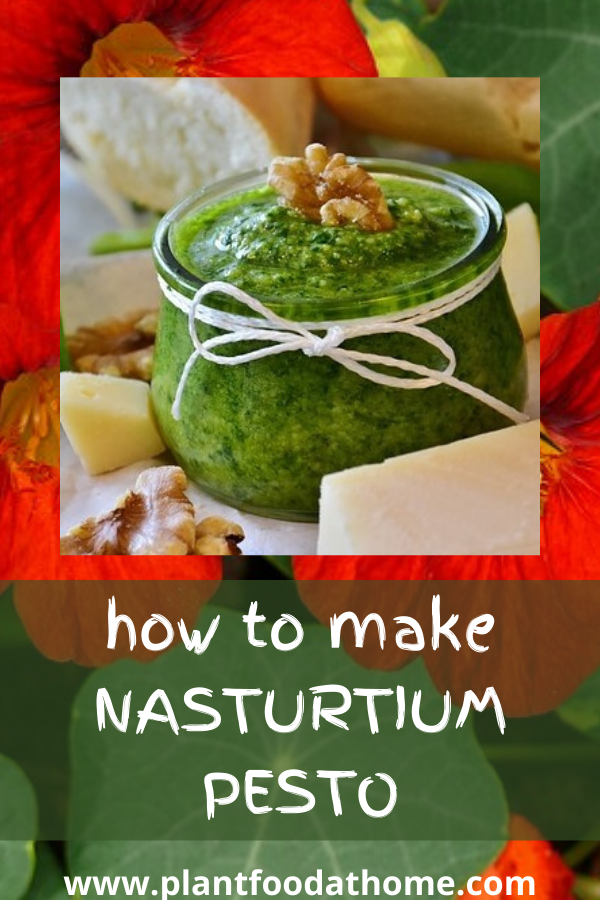
Decorate A Cake
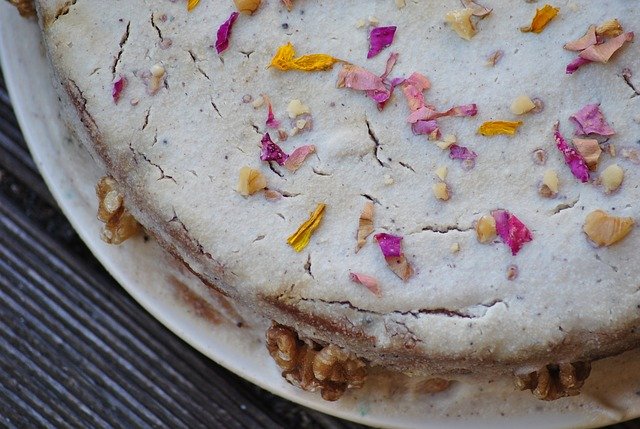
Use whole nasturtium flowers to top cakes for impressive edible decoration.
For something a little more unusual, dry the nasturtium flower petals and sprinkle them on the cake.
To dry your own nasturtium flowers, carefully wash the flowers and gently them pat dry. Then lay them out on paper towel so they are not touching each other.
Check to make sure there are no open doors or windows which might cause the flowers to blow away.
Flowers should dry within 1-2 days. You can then remove individual flower petals for decorating your cake.
Alternatively, if you have a dehydrator you can dry the flowers easily in it or in a very low oven.
For an extra sweet touch, dried nasturtium flowers can be coated in egg white and sprinkled with caster sugar to crystallize.
Whisk 1 or 2 egg whites to create a foamy texture. Using a small clean brush, gently paint the egg-white foam onto the flower.
While the egg-white mixture is still wet on the flower, sprinkle with the sugar and place on a baking paper-lined tray to dry.
Top Your Sandwich With Nasturtium Garnish
Nasturtium flowers make a wonderful sandwich garnish.
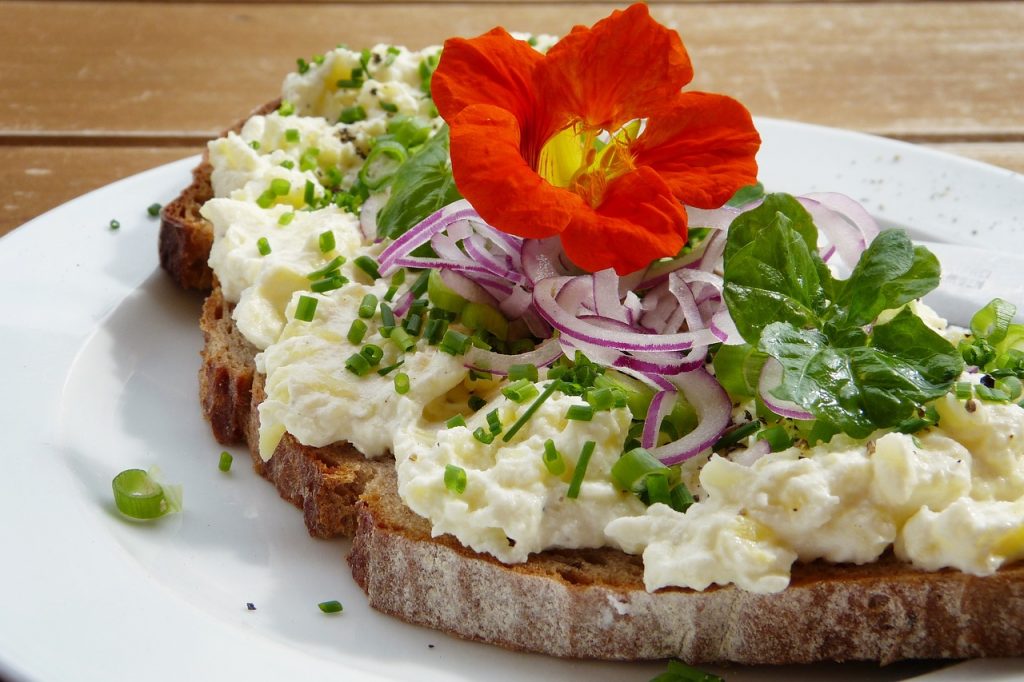
This open sandwich:
Ingredients:
Sliced dark rye bread
Cottage cheese
Watercress
Red onion, thinly sliced
Nasturtium flower to garnish
Conclusion
Nasturtium is a versatile addition to your garden and your kitchen. Once the plant is established and happy in the garden, it will self-seed, providing new plants for your food garden every year. The peppery taste spices up dishes and the attractive edible flower blossoms make any plate a show stopper.
Recommended Products
- Nasturtium Seeds – Grow your own pretty Nasturtium Flowers and try eating the leaves, flowers and seeds.
- Food Processor – Turn nasturtium into pesto with a food processor.
- Food Dehydrator – this one is inexpensive and popular. A great choice to dehydrate nasturtium flowers for cake decorating.
- Preserving Jars – keep nasturtium capers and pesto in clean, sterilized jars.
More recipes:
- Tomato Chili And Ginger Jam Recipe
- Oyster Mushroom Risotto Recipe
- Sweet Salty Spicy Nuts Recipe
- Basil And Corn Fritters
Further reading:
- Nasturtiums Dying? 5 Causes with Solutions!
- Can You Eat Radish Greens? (And How to Eat Them)
- Eating Purslane the Edible Weed (with Recipe Ideas)
- Eating Hops And Uses Beyond Beer
- Why Is My Cabbage Bitter? Answered!
- Elderflower: What it Tastes Like and How To Use Them
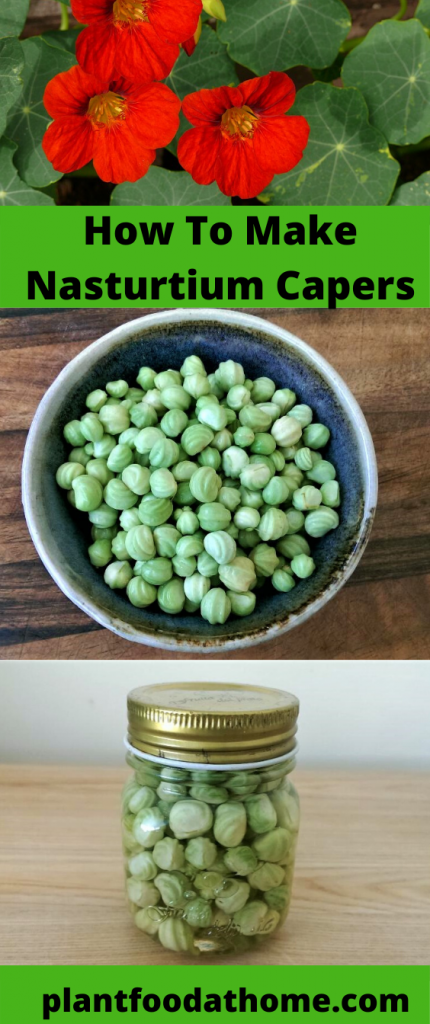

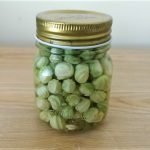
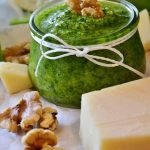
Wow! This was very informational! I never thought to use flowers in any foods – very interesting read 🙂
How cool! I would haven’t heard of Nasturtiums before but this sound fascinating.
This is such an informative article! I have always been interested in natural foods like plants and flowers and this was very useful! I also love the included recipes, I am going to try this by planting some this spring!
I have never heard of Nasturtiums. Now I am anxious to try them. I will probably add them to my smoothie.